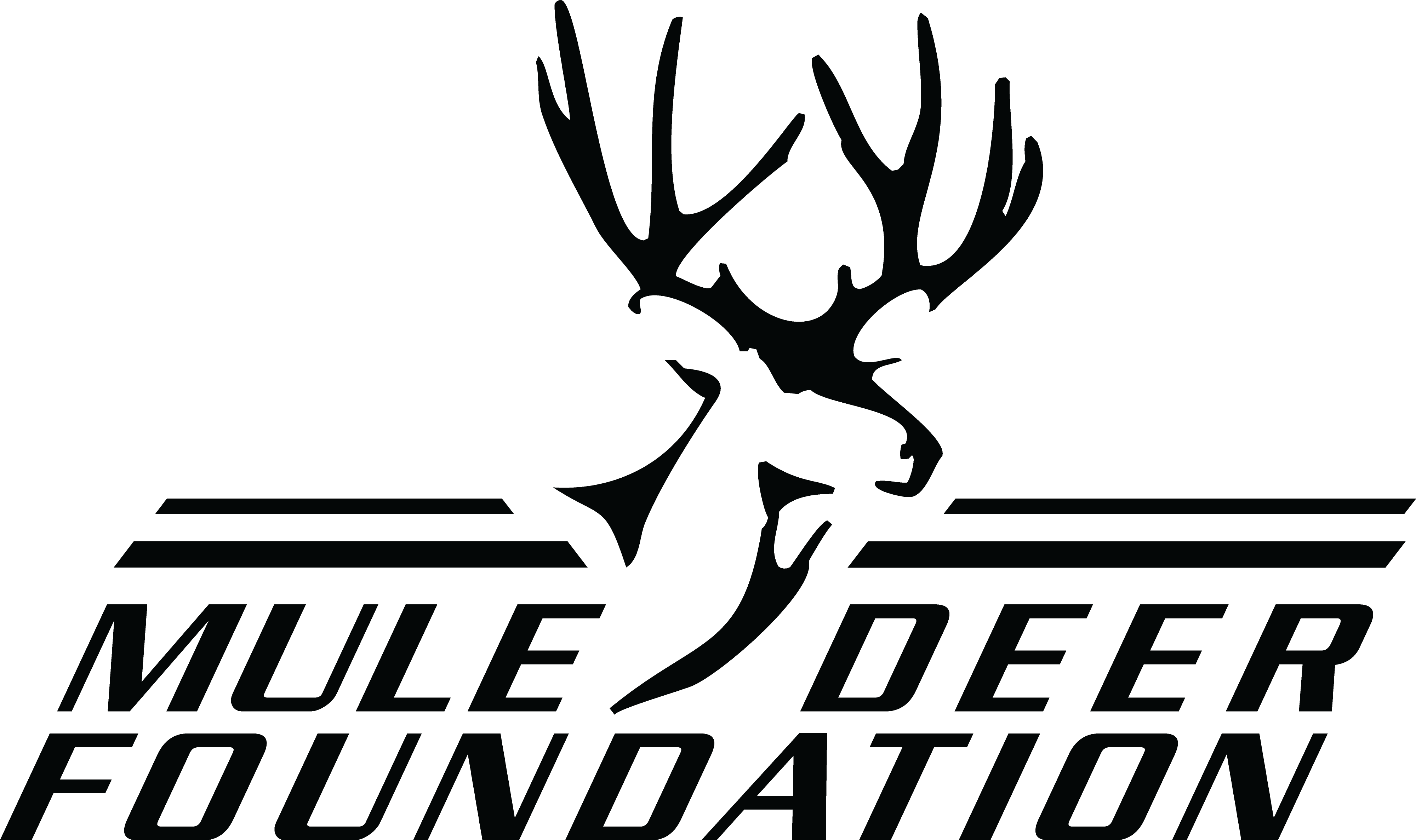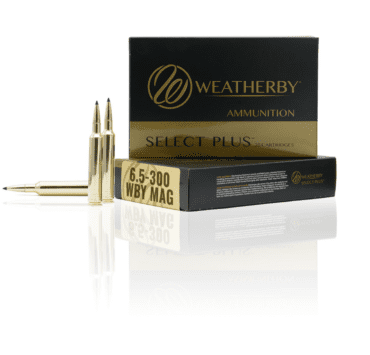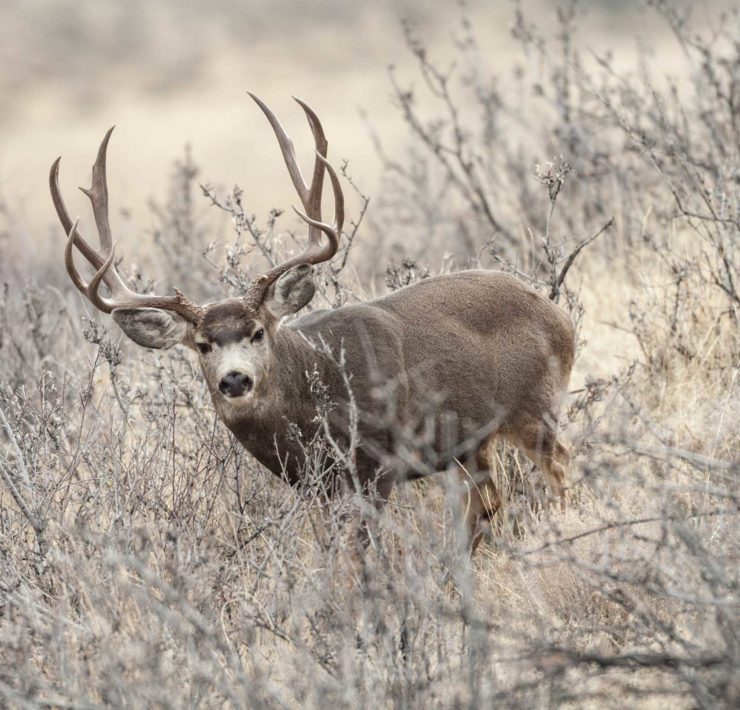“Mule Deer of the Great Plains”
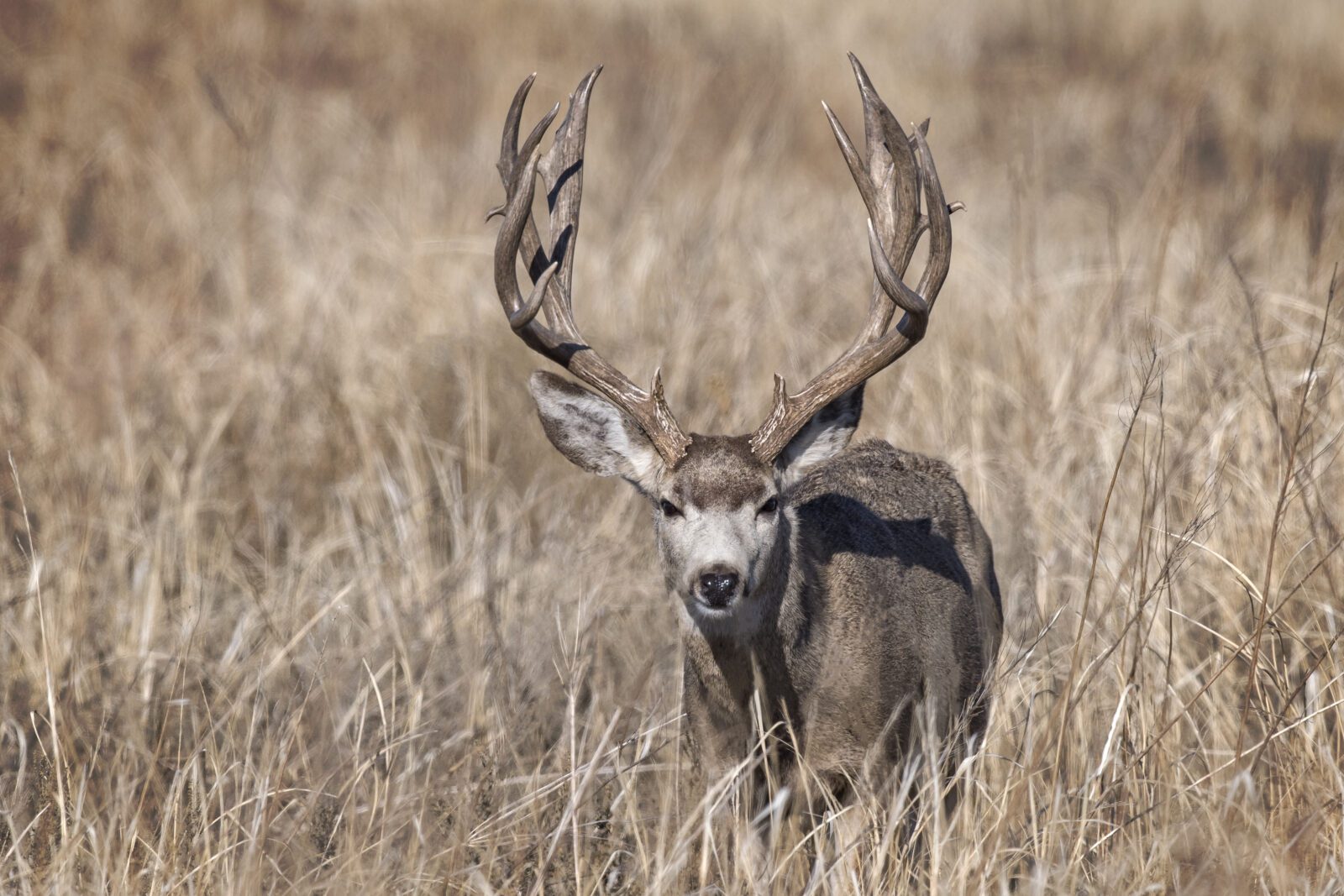
The often overlooked landscape of critical importance for Mule Deer
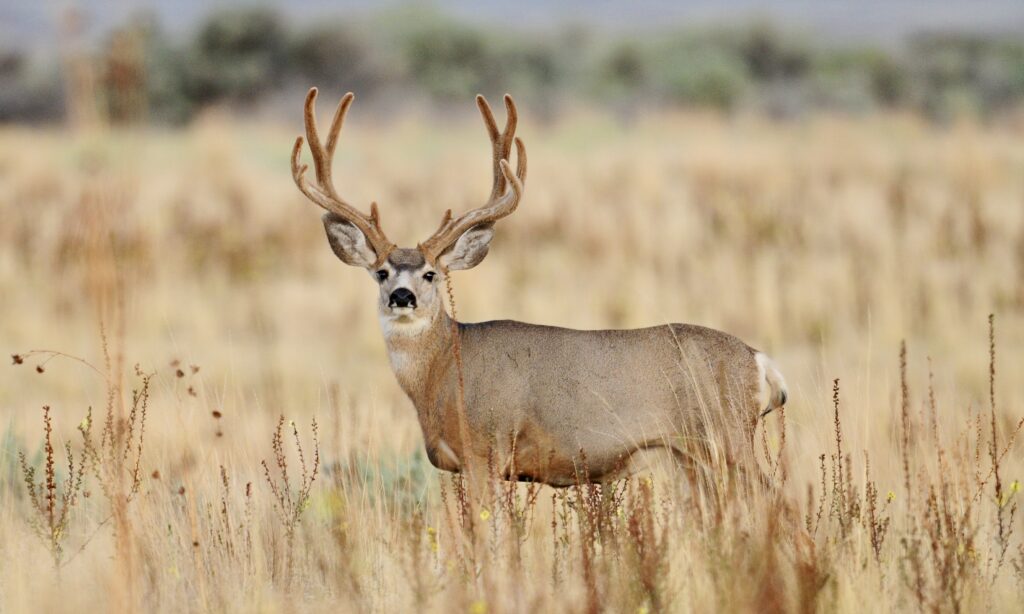
By: Cody Fongemie
Captains Merriweather Lewis and William Clark were on their legendary expedition into the West. While traversing the Great Plains, one of the interpreters Drouillard spotted the first “Deer with black tales” on the 5th of September 1804 on the cliffs upstream from the mouth of the Niobrara River in northeast Nebraska. they witnessed a “dark brown” animal with large ears resembling a mule. This was the first witness of what would become known as the “Mule Deer”. An 800 word description in the journals of Lewis and Clark recorded the animal for science.
“From the appearance of the Mule Deer . . . we believe ourselves fast approaching a hilly or mountainous country; we have rarely found the mule deer in any except a rough country; they prefer the open grounds and are seldom found in the woodlands near the river; then they are met with in the woodlands or river bottoms and are pursued, the[y] invariably run to the hills or open country as the Elk do. the contrary happens with the common deer.” – The Journal of Merriweather Lewis
Since this first interaction, the Mule Deer has been a staple of the Great Plains.
North America’s Great Plains, including parts of Montana, Wyoming, Colorado, the Dakotas, Nebraska, Kansas, Oklahoma, and beyond; the expansive grasslands and mixed shrub habitats create the ideal habitat for Mule Deer. Following their first citing, Lewis and Clark would make these animals a diet staple. That tradition of hunting Mule Deer remains today. Times have changed since 1803, and our hunting methods have improved. Three specific methods can be very effective on The Great Plains today.
Spot & Stalk
Spot-and-stalk hunting is a popular and effective method for pursuing mule deer on the Great Plains. This technique involves using optics, such as binoculars or spotting scopes, to scan vast open areas for mule deer feeding or moving. Once a deer is spotted, you must carefully approach the Muley using natural cover like hills, ravines, or vegetation to remain undetected. The key to success with spot-and-stalk hunting is patience, keen observation skills, and the ability to navigate the terrain quietly. When approaching, you must focus on wind direction and avoid skyline exposure. Not doing this could blow your hard-earned opportunity and be back at ground zero. Like most hunting, patience is vital for any successful hunter, allowing you to remain resilient and focused on your goal.
Ambush Hunting and Still Hunting
Understanding the deer’s daily movements and behavior patterns is critical to successful hunting. Ambush hunting, particularly when combined with still-hunting can be very effective. This technique involves waiting in a concealed location where Mule Deer are known to pass by. This method is particularly effective near natural funnels or choke points such as creek crossings, ridgelines, or between feeding and bedding areas. You can set up ground blinds, or if trees are in the area, tree stands. Some folks choose to silently and slowly creep through likely habitat (Still Hunt) while waiting for long intervals in areas with a high probability of ambush. Like with spot and stalk, patience and careful planning are essential parts of this method. This understanding of the deer’s behavior can do nothing but improve your odds.
Decoy and Calling
Using decoys and calling techniques can also be effective for hunting mule deer on the Great Plains, especially during the rutting season. A lifelike decoy placed strategically in an open area can attract curious bucks, drawing them within shooting range. Additionally, using vocalizations such as grunts, rattling antlers, or even doe bleats can pique the interest of nearby deer, prompting them to investigate the source of the sound. This method requires skill in mimicking deer vocalizations and patience, as it may take time for deer to respond and approach the decoy or caller. It’s crucial to practice these techniques beforehand and understand the timing and behavior of mule deer during the rut to maximize effectiveness.
Try Montana Decoy Company
https://montanadecoy.com/deer/ We like the type that clips onto your bow to help get you extra close!
The way we hunt mule deer has evolved greatly since Lewis and Clark spotted one in September. However, just like in 1804, the need to be patient and plan a hunt remains critical to success with these three methods. We hope you will find success by applying these methods during your next Mule Deer hunt on the Great Plains.
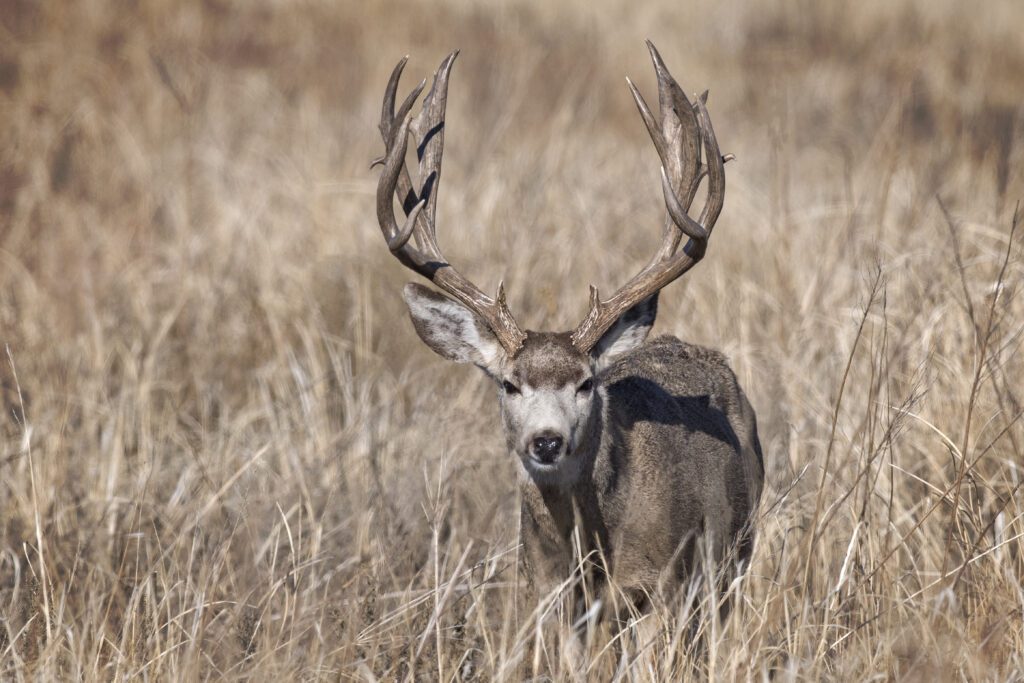
Good luck this fall everyone and remember to send any success pictures or stories from the field to [email protected] and you could be featured on our website or in our magazine. If this article or any of our articles have helped you become a better hunter or conservation steward, consider becoming a member of the mule deer foundation for only $35 dollars a year. Click here to join: https://muledeer.org/product-category/membership/

Cody Fongemie @Fongeinthefield
Born and raised in New England, Cody developed a deep appreciation for American history and adventure from a young age. His love for the outdoors led him to become both an avid outdoorsman and a dedicated writer on related topics. After studying in South Carolina, he enlisted in the Air Force, where he is currently serving. Outside of his military duties, Cody enjoys hunting, fly fishing, and engaging in various adventurous activities, often sharing his experiences through his writing. He also works to connect the military community with the outdoors through non-profit initiatives.


